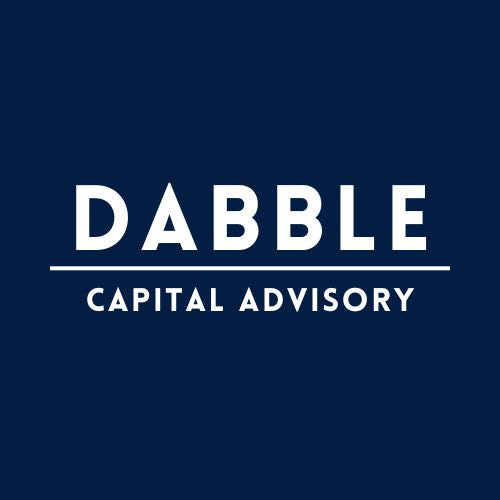How We Got Here
I grew up in the mortgage industry. In fact, we always joke that my first words were “amortization schedule”. And if that joke’s not funny to you…I don’t blame you. Mortgages are inherently boring and even your own mortgage isn’t often something you think about until you’re coming up for renewal. But suddenly, it can feel like life or death. This has become even more true since the pandemic and the ensuing economic fluctuations we’ve seen in most G7 economies.
But the truth is, mortgages are truly interesting to me. They account for trillions of dollars worth of economic activity, they impact your home (whether you rent or not), the economy, and the jobs, and the systems that keep the wheels turning in the mortgage market are sometimes dumbfounding.
In my day-to-day, I run Dabble Capital Advisory, a boutique firm working with non-prime mortgage lenders from an advisory and capital perspective. So I hear every intimate detail of how these funds are run, how they decide to lend, where they get capital from, and who’s interested in investing in them. I’m also a licensed mortgage broker.
Simply by nature of what I do, I have a deep knowledge on all things in the Canadian mortgage space. I started this newsletter so people of all backgrounds (even those that don’t like the amortization schedule joke) can have access to intimate knowledge that explicitly applies to their unique situation.
Each publication will have 4 distinct releases so you’ll want to subscribe to those that apply to you.
1. Institutional Investors and Family Offices
There is always an abundance of capital floating between asset classes, and the big ones (tech stocks, MBS, venture capital, etc.) are often saturated markets with defined players calling the shots. Everyone else must pick up the investments that have been prescribed for them.
Even the private markets can sometimes seem homogenous. But there is a world in which your capital is deployed into unique issuers or bespoke SPVs. You dictate the terms and the yield hurdles, and we work on the inventory. This newsletter speaks directly to this market.
2. Non-Prime Mortgage Lenders
If you operate or work for a non-prime lender in Canada, you’re going to want to read this. Canada has billions of dollars worth of private and non-bank lenders who are all behaving as independent actors. The benefit? They get to do what they want, when they want.
The downside? No single issuer is large enough to reach the next scale on their own. An institutional investor looking to bring significant capital into Canada would dilute any one fund so substantially that their cash drag could ruin them. But a group or cohort of funds building an infrastructure together? That’s a different story. We are a very appealing market segment, let’s realize our true worth.
3. Mortgage Borrowers
I’ve had several mortgages in my lifetime and have helped thousands of borrowers navigate the process. But even working as a mortgage broker in the first few years, I always thought the money was just sort of “there” and you either got approved or you didn’t. This was extremely naive, and frankly, it’s how most of the mortgage market operates. Including the lenders sometimes.
The market moves, now what? They’ve made new policy, but why? You no longer qualify for the exact same mortgage and house you’re already living in, what the hell?
What I’ve realized as I speak with clients is that mortgage situations are unique, but the capital markets that fund these mortgages prefer a homogenous product wrapped in a pretty bow, and if you’re even remotely outside the scope of a “pristine” borrower, you’re left to fend for yourself in a disjointed market. All players in that market have varying degrees of experience, access to money, and reach across the country. There’s a better way to plan your own mortgage needs - purchase, renewal, refinance, or otherwise.
4. Mortgage Brokers
I’ve been there. In fact, I grew up in a mortgage broker household (remember the amortization schedule joke?). And while licensing and regulations are constantly changing, the business model has largely stayed the same for the last twenty years.
That means the same problems we had during the Great Financial Crisis largely still loom today. We have seasoned brokers whose only exit strategy is to have a kid in the business. We have newbies who are lacking training and new licensing has eliminated half their business opportunities in the private space. Private lenders are hard to navigate and can change policy on a dime. All of these issues are solved by working more cooperatively rather than trying to go it alone.
This newsletter serves two purposes for brokers. First, to give you actionable steps you can implement in your business to grow at a steady rate. Second, to build a community of brokers who see the industry a specific way. This won’t be for everyone, but certainly everyone who’s tired of hearing “but that’s how it’s always been done!”

In my day-to-day operations at Dabblecap, I regularly have inquiries regarding these four topics. I’ll ensure I cover each of them in every release of the newsletter. However, if there is ever a specific topic, or if you feel you fall under another category, let’s chat. We’re building the first community of its kind that focuses on HOW and WHY the money flows where it does. I invite you to be a part of it.

